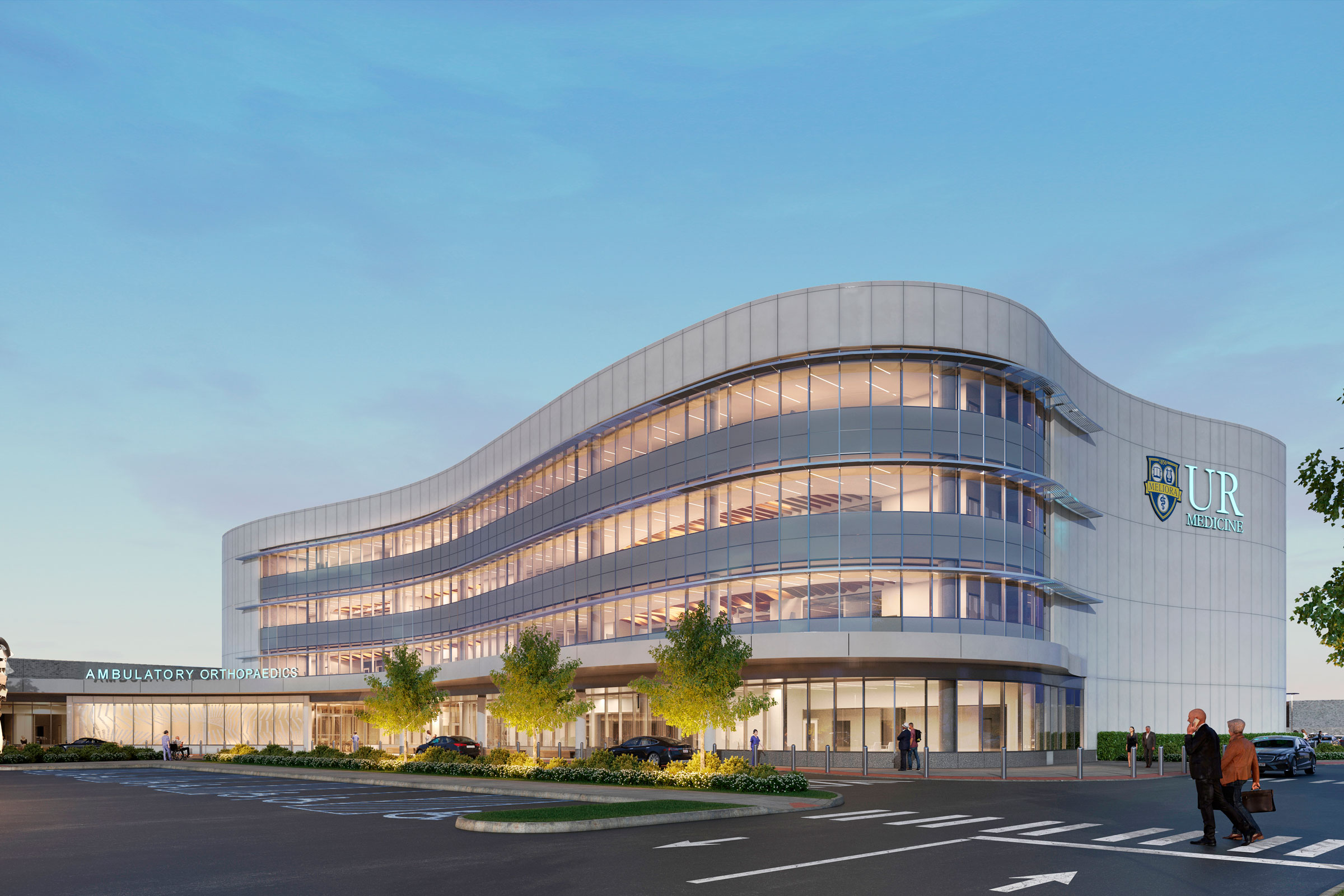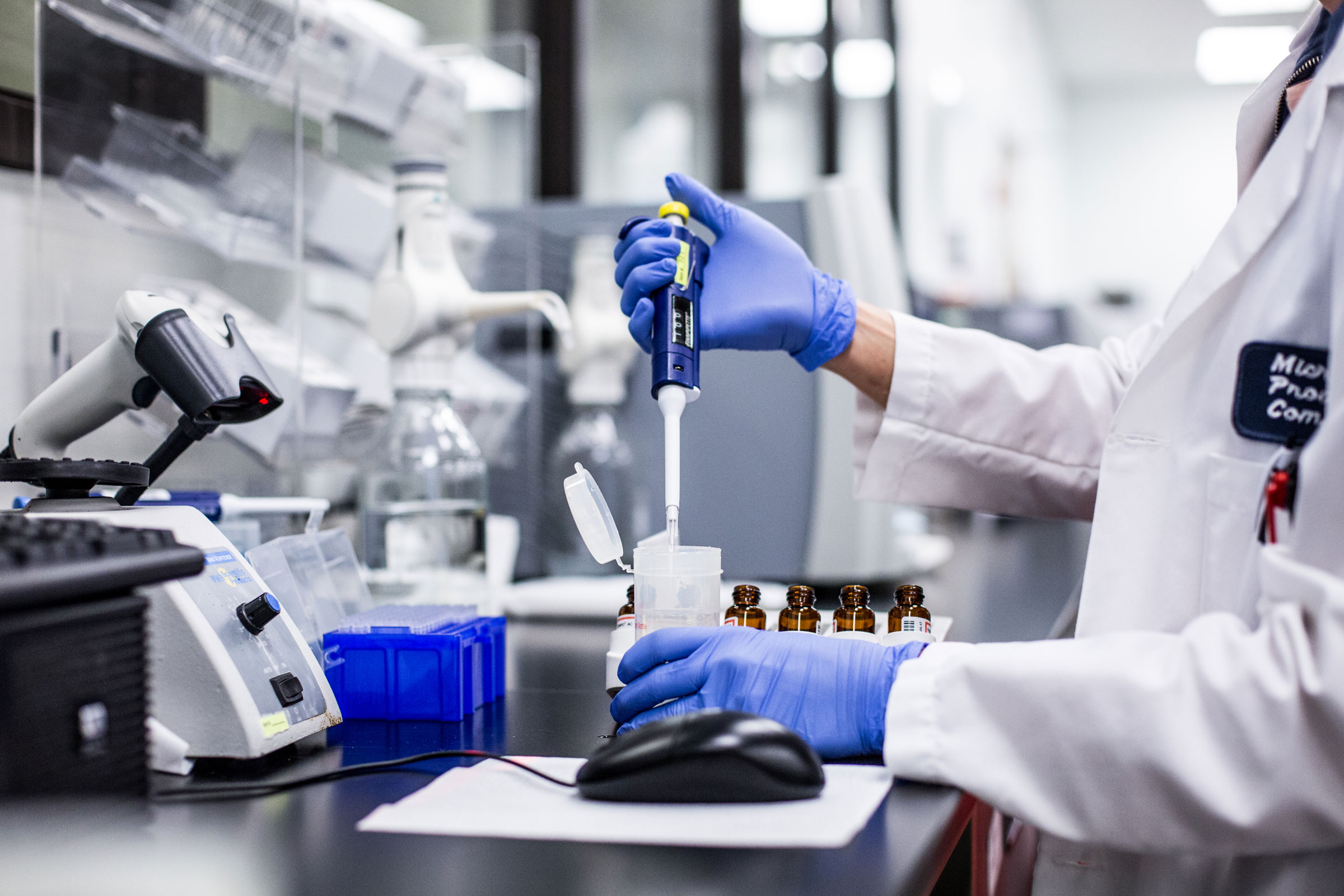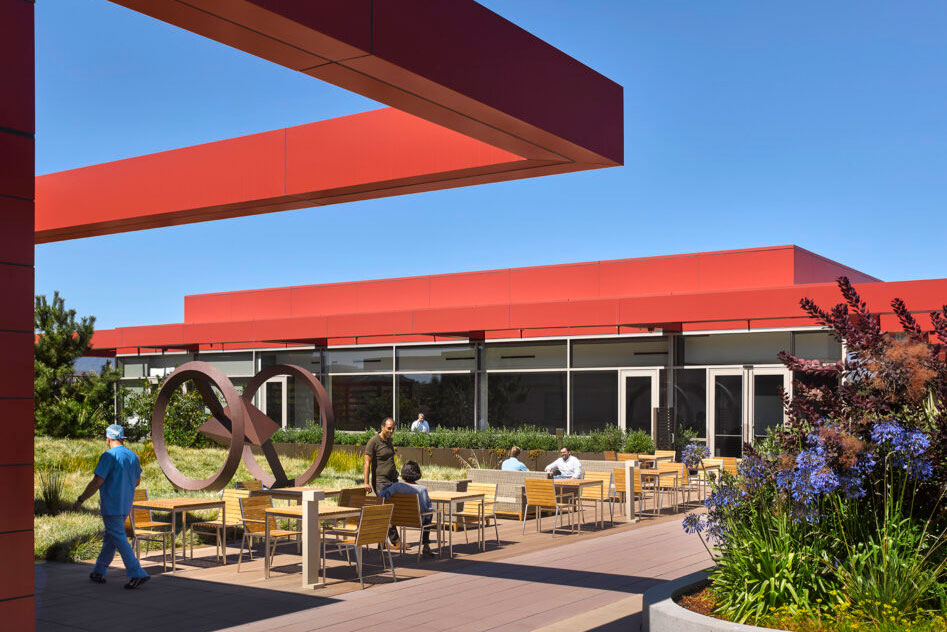Story at a glance:
- Empty brick-and-mortar retail is an opportunity for adaptive reuse in health care.
- University of Rochester Medical Center (URMC) is an example of an expansive health care hub.
- Location and familiarly are important benefits to adaptive reuse for health care projects.
It’s no secret that brick-and-mortar retail is struggling. Yet, at the same time, health care institutions across the US are looking to expand their services out from centralized medical centers into new patient communities. These concurrent trends present a range of new opportunities for adaptive reuse that are surprisingly symbiotic for the parties involved. Not only can repurposing parts of malls into health care hubs benefit existing retail tenants; it can also bring health care services into the community in a meaningful way.
Adaptive Reuse on a Different Scale
The notion of transforming a storefront into a medical center is not new. In fact, we’ve been seeing this happen for more than a decade. What is new, however, is the scale of these adaptive reuse health care projects we are starting to see proliferate across the country.
When major retailers vacated the Marketplace Mall in Rochester, New York, for example, it created an opportunity for the University of Rochester Medical Center (URMC) to move in and introduce an expansive health care hub at a scale far beyond just a storefront. URMC engaged with both our team at Perkins&Will and architect-of-record SLAM Collective to reimagine the mall’s former Sears space as their new Orthopaedics & Physical Performance Center. At 350,000 square feet, it’s a scale that is rarely seen in urban environments, making it one of the largest orthopedics outpatient facilities in the Northeast. The facility will include a 210,000-square-foot renovated space and a 140,000-square-foot new outpatient clinical services building that will house 140 exam rooms for orthopedic care.
Harnessing the Existing Building Footprint
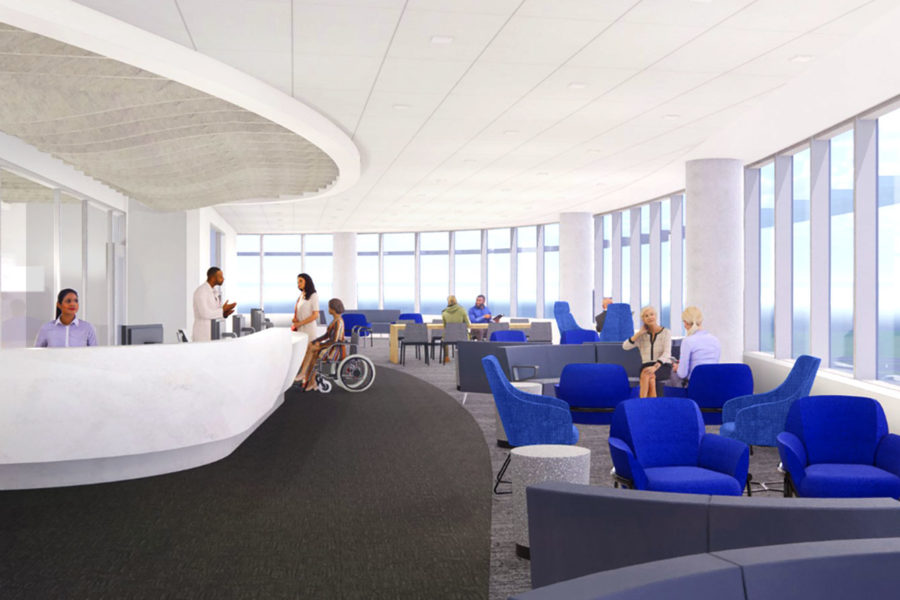
Rendering courtesy of Perkins&Will
When we were first hired no site had been selected. We worked with URMC to explore a series of opportunities, ranging from a greenfield site to ones that were somewhat developed. What made the Marketplace Mall site so appealing was that it was easily accessible, not far from the New York State thruway, and, crucially, the community knew where it was. What’s more, the suburban location represented a much more open and flexible environment where, as designers, we could introduce new ideas.
The existing structure of the former Sears had features that made it particularly adaptable to a medical facility. While we stripped down the building, we used a lot of what already existed. Sears was one story with a generous ceiling height and an open column grid. That kind of flexibility lent itself very well to certain parts of the orthopedic facility programming—utilizing it for the more high-tech spaces like operating and procedure rooms and imaging spaces where patients receive an MRI.
While we did have to upgrade certain features—removing the floor slab, exterior wall and introducing new mechanicals—the basic shell of the building was highly adaptable to the diagnostic and treatment functions that would eventually occupy the space. To complement this we added a four-story clinic tower, which is a vertical stacking of exam rooms and treatment spaces that helped counteract the horizontality of the existing space and give the new complex a distinctive identity on the skyline. The third component was a rehab space. There we carved out an internal courtyard in the existing mall to bring in daylight while also providing a green, outdoor space for visitor waiting and patient treatment.
A Symbiotic Relationship that Shifts Perceptions
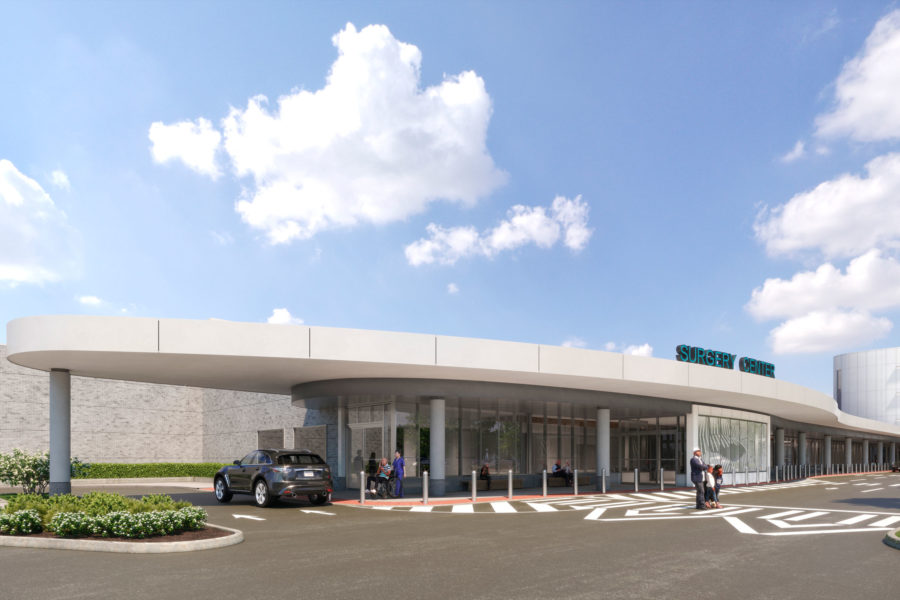
Rendering courtesy of Perkins&Will
Ultimately URMC is an adaptive reuse model that we are going to see more of over time, especially with this trend toward decentralization in health care. There’s a synergy from co-locating health care and conventional retail that can reinforce one another: While retail tenants in other parts of the mall can benefit from increased foot traffic from patients, particularly as this is a non-acute, outpatient facility, health care operators benefit from the mall’s existing infrastructure and connection to the community.
For URMC, the conversion of a wing of the mall into medical space meant construction costs and times were greatly reduced. This speed to market scenario is mutually beneficial for all parties involved with less need for permitting and fewer new access roads. Accessibility is a key factor in this approach; malls are usually located where they can be reached easily by car, and parking is typically in place. In Rochester this included public transportation; not only are there existing bus routes connecting the patients to the site, but we are introducing another bus stop right outside the building to maximize accessibility.
Finally, it must be said that equity played a big role in the vision for this project. There are people who find the notion of going to a major hospital intimidating but also challenging from a practical standpoint. You need to have a car; you need to take time off work. There is a sense that a hospital is a symbol of authority. This notion of bringing health care into the community, as we did with URMC’s new facility, is a way of making it more accessible by shifting perceptions of what health care should look like and where it should be located. As we see more conventional retail and health care institutions continue to leverage adaptive reuse models such as URMC, it will enable health care to be delivered more consistently across the country and around the world

